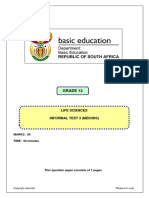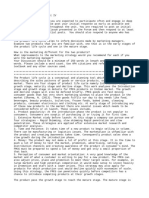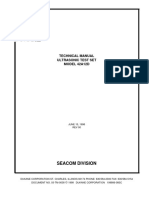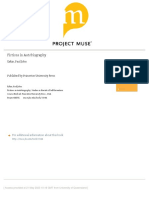0% found this document useful (0 votes)
2K views5 pagesBasic Agric Genetics Topic Test MG
The document provides marking guidelines for a Grade 12 Agricultural Sciences test on basic agricultural genetics, comprising multiple sections with specific questions and answers. It includes scoring criteria for various types of genetic crosses, pedigree diagrams, and genetic modification techniques. The total marks for the test are 50, with detailed answers and explanations for each question.
Uploaded by
surrenderzinhlemabasoCopyright
© © All Rights Reserved
We take content rights seriously. If you suspect this is your content, claim it here.
Available Formats
Download as DOCX, PDF, TXT or read online on Scribd
0% found this document useful (0 votes)
2K views5 pagesBasic Agric Genetics Topic Test MG
The document provides marking guidelines for a Grade 12 Agricultural Sciences test on basic agricultural genetics, comprising multiple sections with specific questions and answers. It includes scoring criteria for various types of genetic crosses, pedigree diagrams, and genetic modification techniques. The total marks for the test are 50, with detailed answers and explanations for each question.
Uploaded by
surrenderzinhlemabasoCopyright
© © All Rights Reserved
We take content rights seriously. If you suspect this is your content, claim it here.
Available Formats
Download as DOCX, PDF, TXT or read online on Scribd
/ 5

























































































